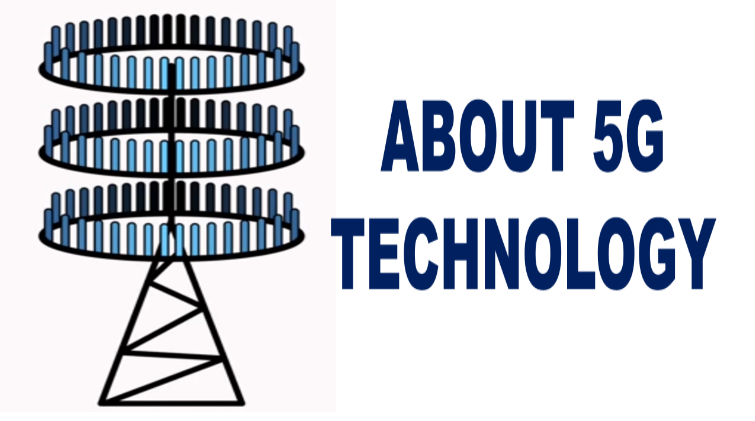What is 5G Technology?
There is clamour about the arrival of the next generation of wireless called 5G. What is 5G, and how is it different from 4G? Why are people nervous about its arrival, and why is it such a problem?
We are being promised by the telephone and wireless industry of a faster, better, and bigger service with 5G. It’s a big multi-billion-dollar industry, and they have people that are lobbying and putting out certain messages to the public as to the technology’s superiority to 4G. As a result, there’s a huge media campaign of skewed educational videos about 5G, driven by the same interest groups who want you to embrace the new platform.
5G the coming 5th generation wireless broadband technology based on the IEEE 802.11ac standard. Let’s review the previous generations of wireless technology:
- 1G is what the original cellphones operated under when the hardware first became available to the public
- 2G is what allowed us to do texting on cellphones.
- 3G is what brought the cellphones onto the internet, and allowed us to do internet work on the cellphones
- 4G is what allows us to have the speed and bandwidth to watch streaming videos on your smartphone or smartpad.
5G promises to provide better speeds and coverage than 4G. It operates with a 5 Gigahertz signal and is set to offer speeds of up to 1 Gigabyte for tens of connections (or tens of Megabytes for tens of thousands of connections). Additional features also include:
- Millimeter waves – Most of our devices use frequencies under 6 GHz. 5G is between 30-300 GHz. They claim this “opens up real estate for more bandwidth for more devices and faster speeds”
- Small Cell Networks – Instead of large cell towers, you need thousands of smaller stations to relay the signal. (i.e. 3 relay towers per neighborhood block in some cases)
- Massive Mimo – Multiple Input or Multiple Output. Instead of just 12 ports per station for antennas, the new stations can support 100 ports per station.
- Beamforming (IEEE) – Instead o broadcasting information in every direction, it would allow a base station to send a focused beam to a single user. These are microwave beams that can target mobile device of a single user.
This is what they don’t tell you about 5G. The frequencies used are much higher than 4G and not good for humans. Your skin is a sponge for these higher frequencies and as a consequence, can cause inflammation due to its ability to trigger the body’s pain receptors. The same type oftechnology is already used by governments in crowd-dispersal technology using microwaves to induce pain in the targets’ skin to feel like its burning. In addition, studies have shown microwave to:
- Cause DNA damage
- Create electrosmog that interferes with natural processes within the body
- Harm plant life
- Harm animal life and pollenating insects (i.e. bees)







